I didn’t know about Japanese beetles until I moved to the Southeast. As it turns out, the early summer heat makes Tennessee a literal hotspot for these pests. To my dismay and endless frustration, they made quick work of my rose bushes and feasted on the broccoli plants in my garden.
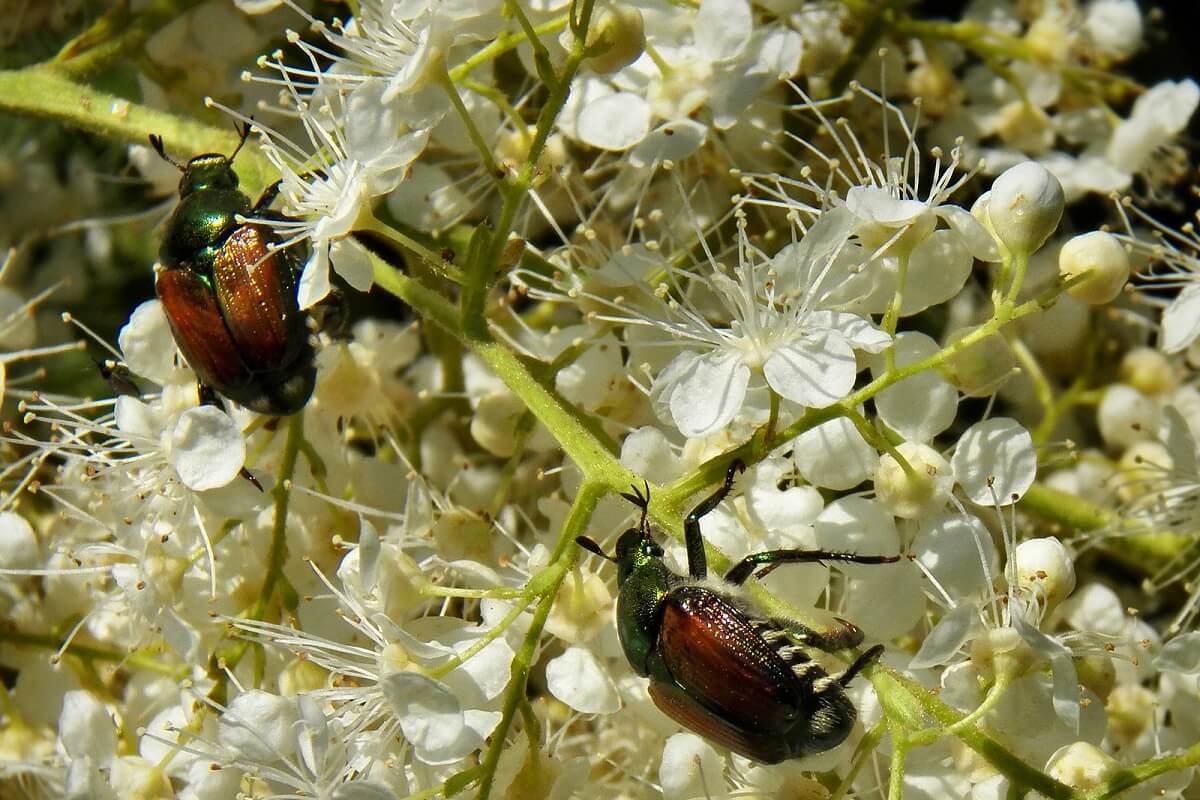
Present in every state east of the Mississippi except for Florida, the Japanese beetle is thought to have come to the United States sometime around 1916. The beetle is under control in Japan because of its natural predators; however, here in the States, it is able to flourish as there are several hundred varieties of flowers, trees and plants that it will eat, making our yards, gardens, and orchards a veritable buffet.
Identification
The Japanese beetle is about ½ inch long and has a blue-black body with coppery wing covers. You’ll know if you have an infestation of them because the leaves of your plants and trees will begin to look like they are being turned into intricate latticework.
The beetles eat all of the leaves except the spine but are effectively killing off your flowers, fruits, and vegetables. Luckily, they don’t always kill trees and plants, but they will destroy the leaves for the season.
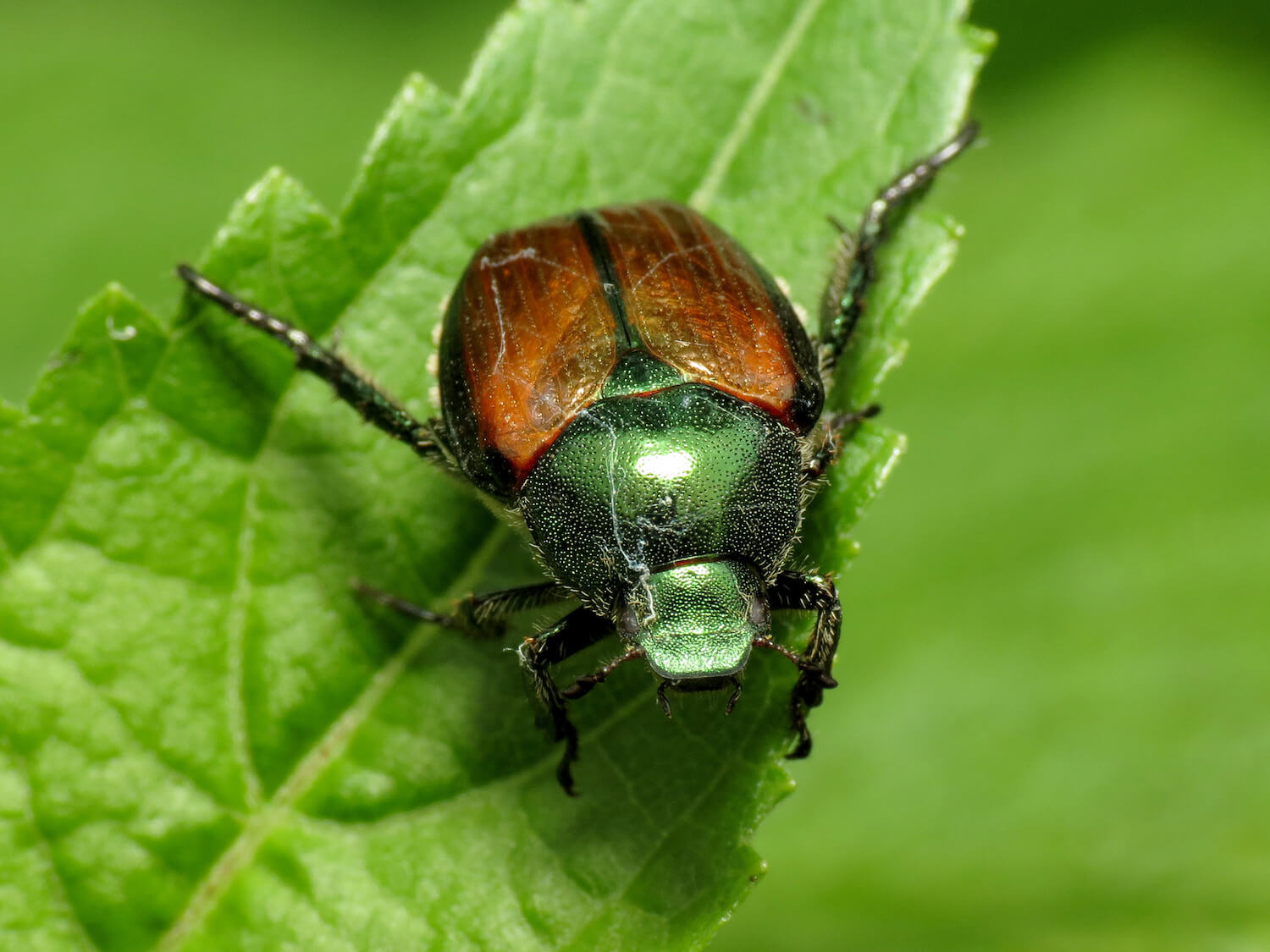
The life cycle of an adult Japanese beetle is surprisingly short, considering the damage they can do. They come out of the ground around mid-to-late June, when it begins to warm up (earlier in southern states), and live only about 30-45 days.
The beetles come out to feed, mate, lay eggs, and repeat that process as many times as possible until they die. Their eggs are planted into the soil, and they grow into grubs over the winter that hatch and mature, repeating the cycle.
Prevention
There are several natural ways to discourage Japanese beetles from taking up residence in your yard in the first place.
Floating Row Cover
Made out of white polyester spun bonded fabric, row cover can be draped and pinned down into the ground over vegetable crops, roses, and berry plants from the afternoon until late evening hours.
https://www.instagram.com/p/BVQMH-Qgwfj/?tagged=floatingrowcover
This does require a bit of manual labor, but it’s an environmentally safe way to keep these pests from your garden. Be sure, however, not to place row cover on blooming vegetable crops that require bees for pollination.
Don’t Water
Resist the urge to irrigate your lawn (I know, it’s summer and we want it green!) during the beetles’ active season. Moist lawns are where beetles lay their eggs.
Preventative Planting
Plant trees and shrubs Japanese beetles stay away from, such as arborvitae, boxwood, dogwood, firs, hemlock, holly, junipers, lilac, magnolia, oaks, pines, redbud, red maple, and rhododendron. You can also plant chives, garlic, tansy, and catnip in your garden, as these are a natural deterrent.
Organic Milky Spore And Beneficial Nematodes
You can apply both organic milk spore and beneficial nematodes to your yard. Apply Milky spore in late spring and Beneficial Nematodes in late summer.
https://www.instagram.com/p/BiAJHWmBMo9/?tagged=beneficialnematodes
They won’t kill adult Japanese beetles, but they will prevent their eggs from hatching in your yard and slow or stop the cycle. If applied during hot, dry weather, you may need to apply a second time to make sure that most of the powder didn’t blow away, rendering it ineffective.
Kaolin Clay
The uses of Kaolin Clay seem endless, one of them being the prevention of insects. This needs to be mixed well and sprayed on your plants and vegetables before an infestation. It also needs to be re-applied throughout the beetles’ active season. Be sure to thoroughly wash any fruits or vegetables that have been sprayed with Kaolin Clay before eating.
Stopping An Infestation
If you already have a Japanese beetle infestation, there are a number of natural ways you go about eliminating them.
Soapy Water
As with many bugs, these beetles can be killed with soapy water. This is extremely “hands-on” work but effective.
https://www.instagram.com/p/BXO5TxbgRh2/?tagged=japanesebeetlessuck
Grab as many of the beetles as you can with your hands and drop them into soapy water where they cannot survive.
Mass Trapping
Depending on who you ask, using small Japanese Beetle traps may not be the answer, as the pheromones used to attract the beetles end up attracting more than the traps can keep up with, causing your property to become a popular place to eat. However, for those with large acreage and orchards to protect, mass trapping may be the solution.
Neem Oil
Neem oil is a natural option that won’t hurt your plants, but it will kill beetles. You may want to spray some on your plants as a prevention before the bugs even show up.
Geraniums
Japanese beetles love to eat geraniums, but they make them dizzy and disoriented, which makes it easier to grab them and put them in a bucket of soapy water.
https://www.instagram.com/p/BYjS9NghG4y/?tagged=japanesebeetlessuck
Not to mention, they are a beautiful addition to your garden!
Guinea Fowl
If you’re in a position to raise guinea-fowl, they love to eat Japanese beetles. They’ll take care of these pests from your yard, for the most part; however, they aren’t necessarily good at catching the beetles that get up high into places like fruit trees and grapevines, so you’ll still need to be watching out for those areas.
Fermented Fruit Cocktail
Admittedly, for anyone with a large property and a bad infestation problem, this may not be realistic (or you’d have to have a whole lot of it), but for those with a less serious problem, you can try fermented fruit cocktail in a pail of water.
The sweet smell of the fruit attracts the beetles, but once they’re in, they’re trapped in the water and drown.
Japanese beetles are a pest no one wants to deal with. Find out if your state has already identified an established Japanese beetle problem, and if so, consider the options you can take to prevent them from moving into your property. If these bugs are already invading your gardens and trees, use natural methods to remove them and put a plan in place to ensure they don’t return.







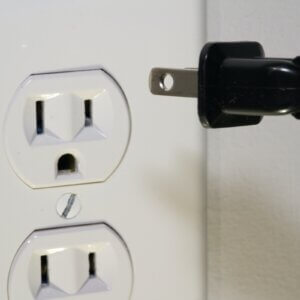

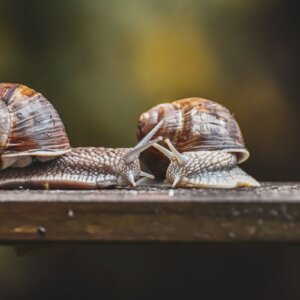

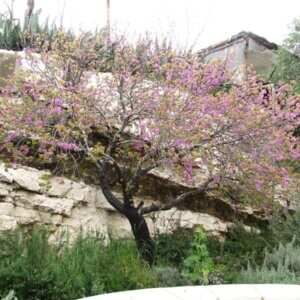

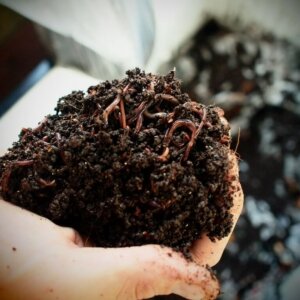



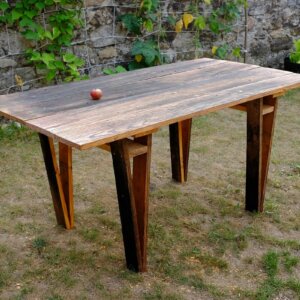


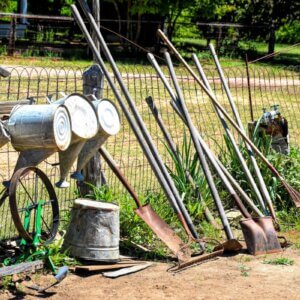



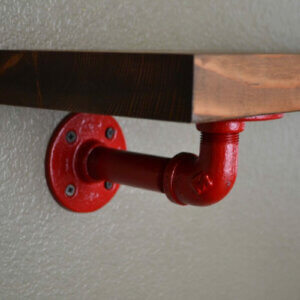
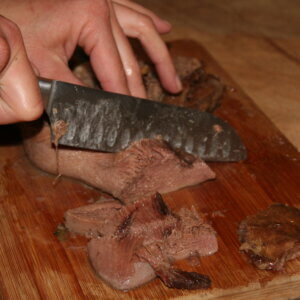




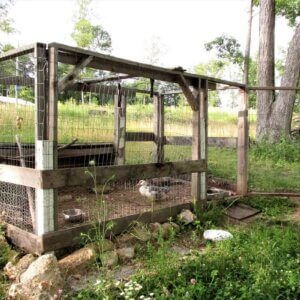


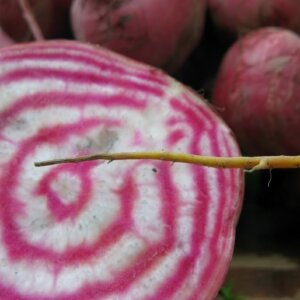






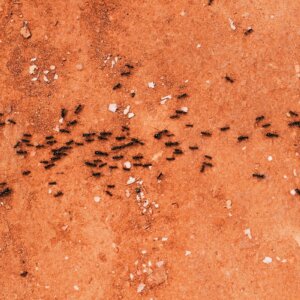
Leave a Reply